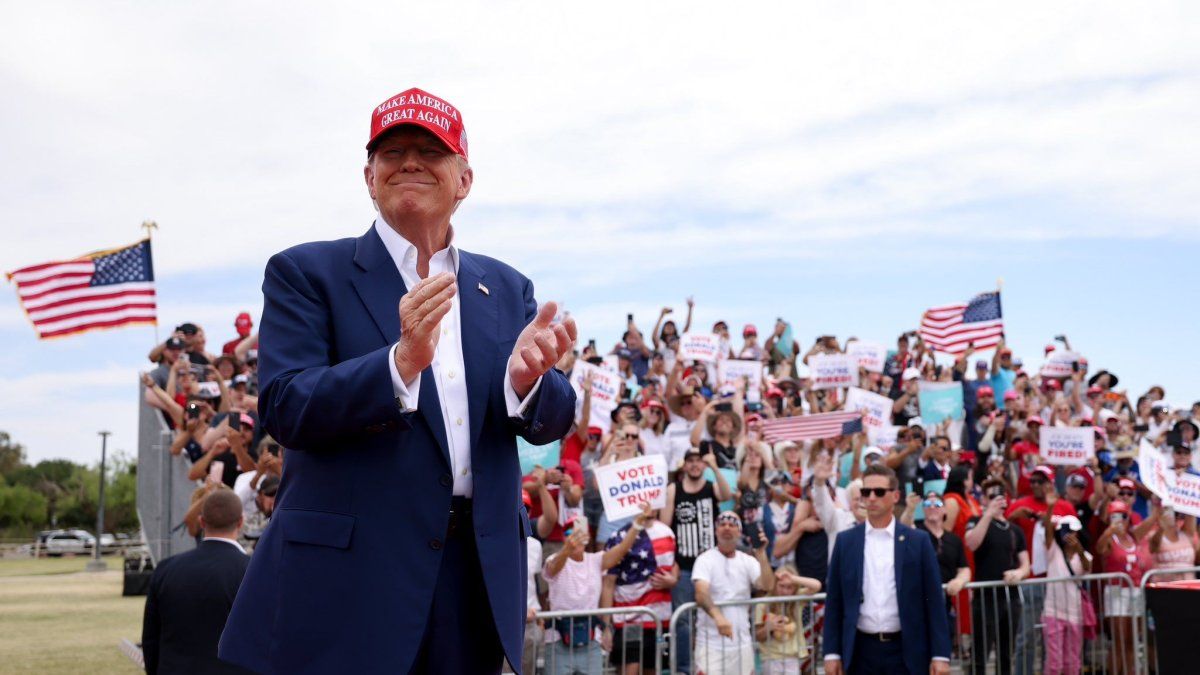The assassination of Donald Trump had a strong impact on the market, strengthening his presidential candidacy. However, Joe Biden’s step aside changed the scenario.
A strong rotation since the technology companies towards the “small caps” was evident last week in the market. Some analysts argued that it was due to the “Trump effect”, reading that after suffering the attack during his presidential campaign, The Republican candidate was increasing his chances of reaching the White House and, with that, their positions on tax matters put the Fed’s decision regarding interest rates in check. But the dynamics of the electoral process produce news that are changing the panorama
The content you want to access is exclusive for subscribers.
President Joe Biden decided on Sunday to drop out of the re-election race, following repeated calls from Democratic leaders to review his position. While Kamala Harrisher current vice president, would be her replacement, the truth is that The party must define the process. The official designation of the presidential candidate will take place at the convention which will begin on August 9 in Chicago. But beyond these vicissitudes, With Biden out, Trump’s power seems to be diminishing.


“Small caps” or technological?
According to a report by PPISince the latest CPI data for June was released, a rotation from the technology sector towards “small caps” was observed. Since the day before the inflation data, specifically since July 10, the Russell 2000 (which includes the “small caps”) advanced by 8.3%the Dow Jones (industrial sector) rose 1.8%, while The Nasdaq (technology sector) fell 4.1%dragging down the S&P 500, which has also fallen 1.2% since then.
“They are already Three consecutive positive inflation figuresadded to that The labor market appears to be weakeningand this latter risk is beginning to be more present in the speeches of Fed members. This could lead the Federal Reserve to cut its benchmark rate more times this year. In fact, the market is discounting two declines, as opposed to the agency’s projection of just one,” the same broker said.
With the Fed’s projection of higher rate cuts, small caps could benefit as they have higher debt levels. But, Is the “Trump trade” effect still in effect or are the aforementioned indicators determining these changes? For PPIif goods an element that plays in favor of rotationthe main driver is the new scenario that the market is seeing, in which the Fed would cut the rate more times than what was published in its latest projections.
For its part, for Delphos, With Biden withdrawn from the presidential race, the so-called “Trump risk” eased during the first day after Biden’s decision, and this was reflected in improved prices for technology stocks and a rebound in Chinese stocks. “While the probability of his election was slightly reduced, The chances still seem to favor him, which makes us think that the market will continue to position itself for an eventual victory of the Republican candidate.“, they said.
But, why the Trump effect would hurt tech companies against small caps. Mainly because a deepening of the trade war with China by applying new tariffs could negatively impact this sector and, on the other hand, The tax cuts pushed by the Republican would imply more lax fiscal conditions that could force The Fed to tighten its monetary stance (which would harm the entire market in general). In addition Small caps are lagging behind, compared to the huge gains made by technology companies in recent months.
Where to rotate the portfolio?
For IEB“it is interesting to remember that Prior to Trump’s victory in 2016 and during the first years of his presidency, the Russell 2000 had a very good performanceeven outperforming the S&P500 at times,” and explained that for this reason “it is worth monitoring, to consider positioning in the segment of companies represented by the Russell 2000″.
Source: Ambito




